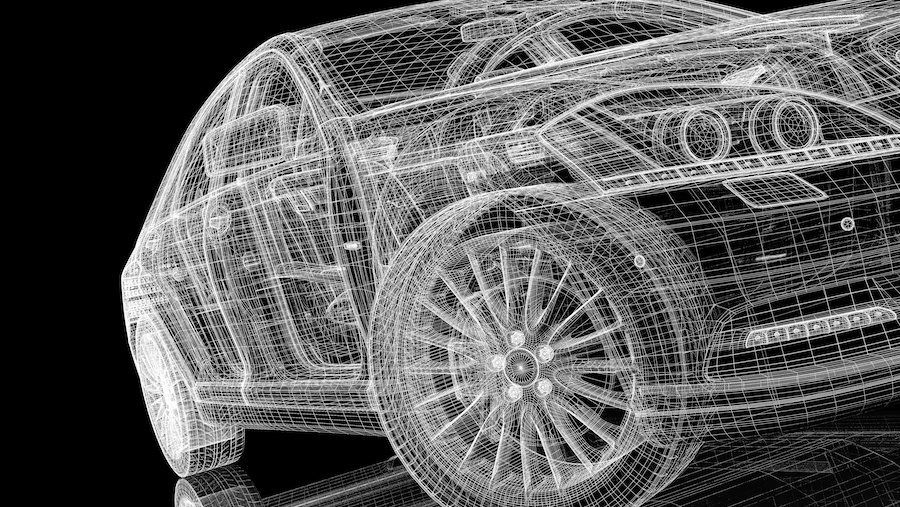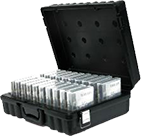3D scanning is the process of taking an object and transferring it into a 3D digital format. There are now a whole range of 3D scanners available to complete this task. There are scanners that can be used to capture entire buildings and CT scanners which use x-ray images to copy the inside of an object as well the outside. Despite its versatility 3D scanning remains the preserves of only a few industries. Here are some of the professions that have benefited and utilized 3D scanning in recent years:
- Archaeologists
- Surgeons
- Engineers
- Art Historians/ Restoration Teams
- Forensic Scientists
- Law Enforcers
- Film/Video Game Makers
Each of these professions have attempted to harness 3D technology to make their own work more accurate and efficient. In areas such as archaeology 3D scanning is quickly becoming standard practice; the technology has been used to unearth bones belonging to the biggest known dinosaur species and is currently being used to record the discovery of an 18th century shipwreck in Virginia.
In an area of work not dissimilar to that of archeology, historical preservation and restoration, 3D scanning has been used on priceless historical objects. Recently a burial mask belonging to the teenage Egyptian Pharaoh King Tutankhamun was repaired with the help of 3D scanning after part of the mask’s beard was damaged.
Forensic teams have also used 3D scanning to reconstruct crime scenes for juries. Rather than having to take the jury to a crime scene the crime scene can be brought to them so that they are better able to make a fair judgement on a case. Furthermore, in Germany 3D scanning technology is being used to help the police with crimes relating to terrorism. A robot is currently under construction which uses a 3D scanning device to enable law enforcers to see inside suspicious suitcases from a safe distance. This creation could be hugely important in protecting bomb disposal teams and the public in highly volatile situations.
Evidently 3D scanning does have many benefits, but so far is only regularly used by a narrow field of professions. This is because 3D scanning does have limitations and scanners are still being frequently altered by manufacturers to make them more adaptable to more conventional office environments.
Disadvantages of 3D Scanning
Some of the main disadvantages associated with 3D scanners are cost and size of these machines. These devices are still pricey, normally being far more expensive than even the most efficient paper scanning devices. What’s more 3D scanners tend to be very bulky and can take up a lot of room in a crowded office. Handheld 3D scanners have been created to mitigate this problem; however it is difficult to imagine a scenario in which most office workers would ever need such a device.
As it stands most sectors are not yet entirely sure how 3D scanning can be of use to them. Most workers in any given industry will only very occasionally require the services of a 3D scanner. This is perhaps why there has been an increase in offsite 3D scanning vendors. Will this be a natural successor to offsite paper scanning?
As it stands, 3D scanners will continue to make huge contributions to the specialised professions that rely on them most in 2016. However, with the high cost of purchasing a 3D scanner it seems likely that most businesses will continue to outsource their 3D scanning when, and in some cases if, the need ever arises.








